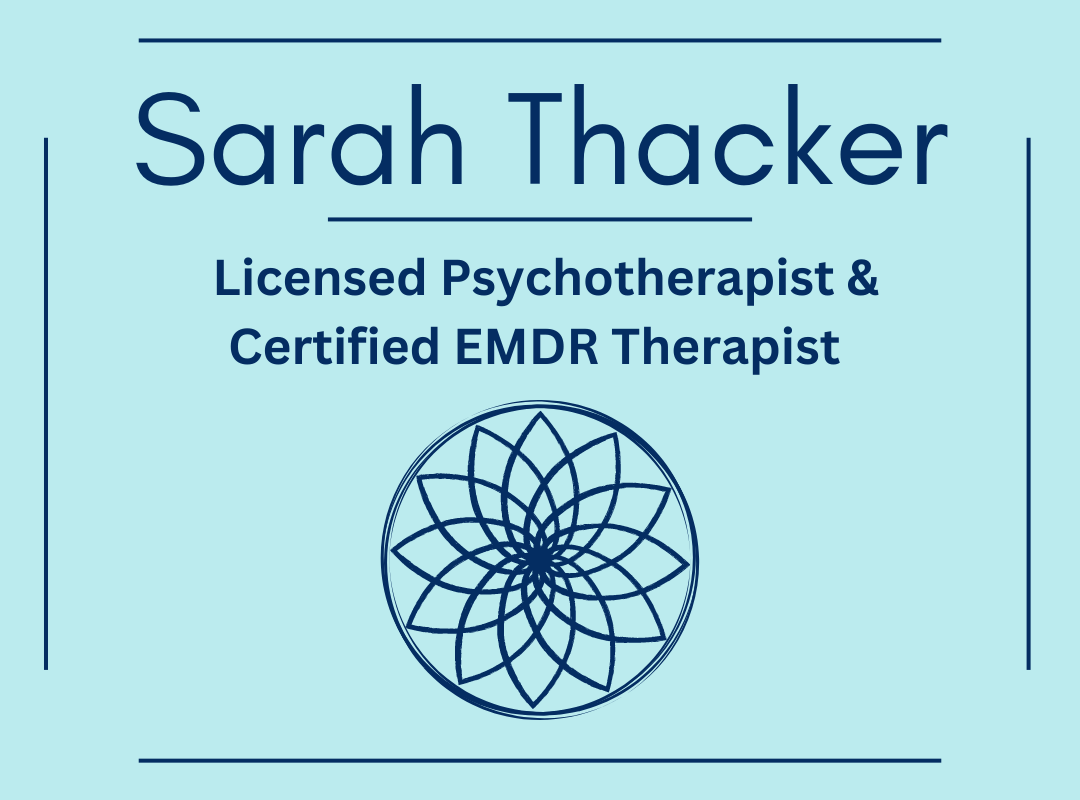If you are one of the many people who struggle with emotional and stress eating, then you may be dreading the holiday season. Whether because the holidays themselves are stressful or just the addition of holiday treats being everywhere all the time is stressful—or both, stress and emotional eating can become especially rampant this time of year.
It starts with the Halloween candy. You might think to yourself, “I’ll have just one piece---you know---as a treat.” The next thing you know you have an empty bag of Reese’s Cups and you are at the store purchasing two more bags of Reese’s—because now they’re on sale, 2-for-1!
This triggers an attitude of, “forget it, I’ll just start over in the New Year”—an attitude of eat whatever, whenever. In the back of your mind, you know this is NOT what you want. You really want to END this cycle of gaining and losing the same amount of weight every year. You want to stop this negative, damaging cycle of emotional eating. But the leftover Halloween candy is just the beginning, enter Thanksgiving…
Now, there’s pumpkin pie, apple pie, cranberry sauce, sweet potato casserole and more to contend with! We essentially dive into a sea of sugary foods from Halloween all the way through December! By January you may have put on some weight and feel frustrated and down on yourself. You may feel overwhelmed by how to start all over—yet again…
You do not have to spend another holiday season fighting yourself! Here are three simple and highly useful strategies to help you manage your sugar intake, be more mindful with your choices, and make it through this holiday season feeling empowered, healthy and strong rather than disappointed, frustrated and hopeless.
1. Give Yourself a Sugar Quota
According to the American Heart Association, women should have no more than 24 grams of added sugar per day and men no more than 36 grams of added sugar per day. For example, a Pumpkin Latte from a certain coffee spot has 49 grams of sugar! When you begin to pay attention to how many grams of sugar are in certain foods, you can make more empowered decisions about what to eat and how to “spend” your sugar grams each day.
During the holiday season you might choose to increase your daily sugar quota by a bit more than 24 grams, or you might make certain days exceptions, but just not every single day—which is where the trouble lies during this season! When you predetermine how much sugar you will take in daily, you are more likely to pay attention to the amount of sugar in foods and more likely to make informed decisions. This allows to you to feel strong and in control rather than weak, shameful and deprived.
2. Make Choices Based on How You Want to Feel
When you make decisions based on how you want to feel, you are more likely to make an empowered and positive choice in the moment. Start each day with asking yourself “How do I want to feel today?” If you want to feel strong, ask yourself with each decision you make around food and in general, “does this choice support how I want to feel?” If not, you have an opportunity to make an empowered choice to say NO to that particular food while choosing to say YES to yourself, YES to how you want to feel. There is no better feeling than showing up for yourself and making empowered choices! This stops the feeling of deprivation and builds inner strength.
3. Focus on Vegetables
At holiday meals, (and all throughout the year!) aim for at least 50% of your plate to be loaded with vegetables. When you do this, you are not only getting in the nutrition you need, the fiber in vegetables helps to fill you up and create a feeling of satiation. This leaves less space for the sugary foods—both on your plate and in your belly! Vegetables are where “it is at” nutritionally! When you are taking in more nutrients you feel better. This sets you up to manage your stress more effectively, which helps you curb the stress-eating! When you are well nourished you tend to have fewer cravings which allows you to resist the second helping of pie at the holiday table!
Use these three strategies during this holiday season and notice how they impact your choices, your ability to manage your craving and how you feel about yourself. When you try these strategies, let me know how they work for you!



